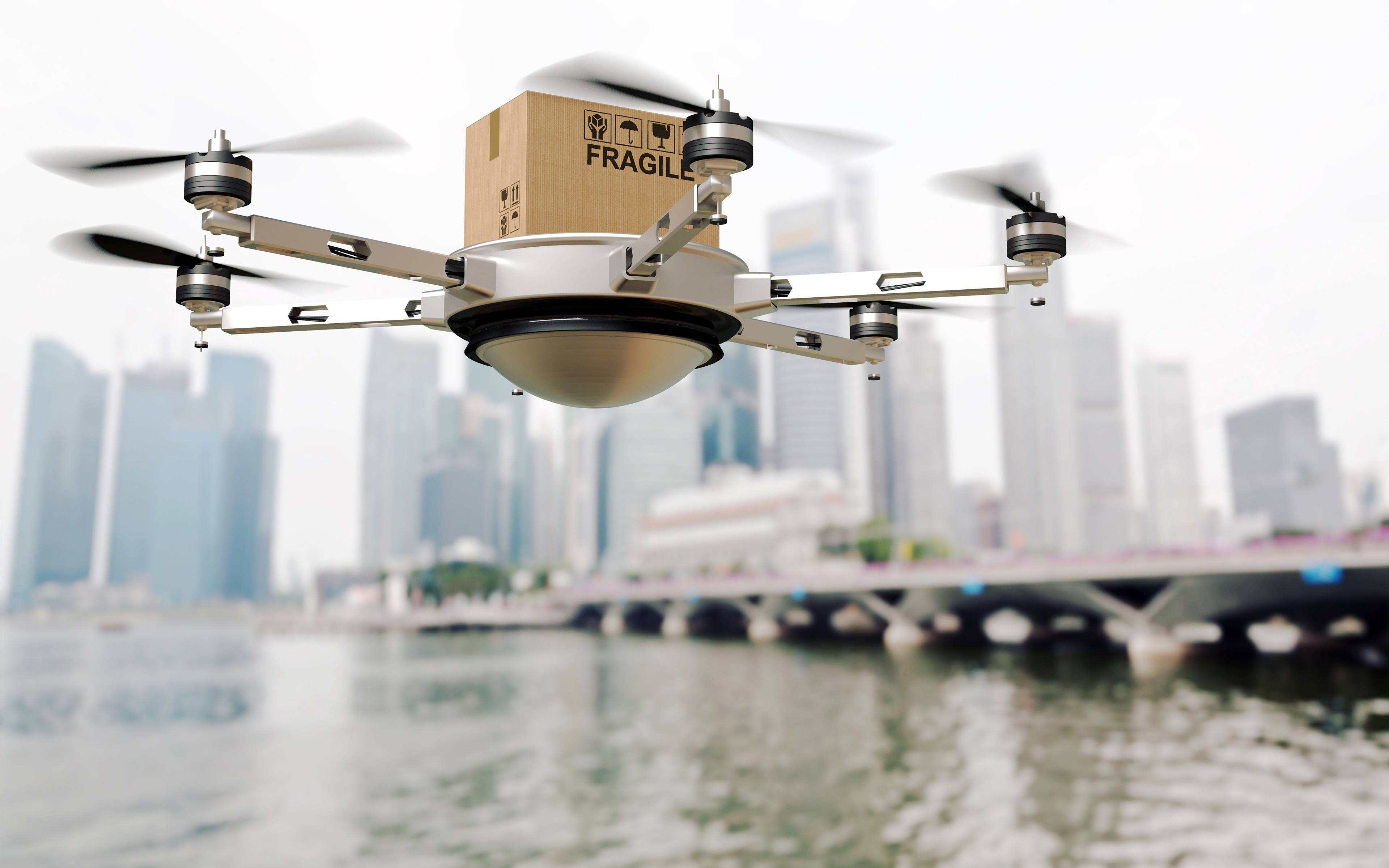If your company had its supply chain disrupted during the pandemic, welcome to the 94% Club. That is the percentage of Fortune 1000 companies that are experiencing disruption to their material resources as a result of COVID-19, according to a recent Fortune Magazine article.
But being a member of that unfortunate club right now doesn’t have to spell doom for the future. In fact, there are several measures organizations can take now that will determine not only how well they survive the pandemic should it continue, but also how they recover in the quickest and most sustainable manner possible. These measures were the subject of a recent webinar in our Enterprise Resilience series, which we co-presented with Celonis, a market leader in AI-enhanced process mining and process excellence software. Under the title Applying Digital Tools and Process Analytics to Drive Insight during COVID-19 and Recovery, the webinar covered a number of ways that companies can assess their circumstances, prioritize activities given current constraints and challenges and boost their resiliency in the long term.
Questions, and More Questions
At this time, many organizations are likely asking themselves some touch questions:
- Prior to the pandemic, did we have a business continuity plan in place that included supply chain resiliency?
- What lessons did we learn to be better prepared and more resilient in the future?
- Is our decision-making process data driven?
- What internal capabilities, customers, suppliers and products do we need to prioritize when faced with constraints, supply chain disruptions and limited workforce?
Almost certainly organizations know the answer to the first question because they either are relying on their business continuity plans right now to sustain supply chain operations or they are not. The answers to the remaining questions, however, are not so clear-cut.
Fortunately, companies today can get a much clearer picture of trouble spots through the use of data and process analytics. These tools can also identify opportunities for growth and automation in better times. Of course, a major underpinning of the suggestions that follow is having access to data and real-time or near-real-time analysis to drive tactical decision-making. Companies that don’t have remote access to data and business intelligence tools will certainly struggle in the short term and will have a list of things to tackle as operations begin to normalize.
Below are some questions that might be answered by leveraging data and process analytics:
- Defect rate and exception management – What level of exceptions are being generated? Understanding this will identify the effectiveness of current processes and areas for potential process or control improvement.
- Process variation and conformance – How well are processes standing up to changing dynamics and a remote workforce? While some variation is expected, understanding how processes are behaving with respect to the desired process objectives can be an early indicator of issues.
- Queue management and process time – What are the processing lead times and the cycle time between steps or milestones? Understanding these basics can help escalate or redirect work that may be stuck in a queue to ensure operations are continuing.
- Location analysis – Is there a clear picture of where tasks or functions are being performed? Whether it’s the location of people and the processes they are handling or the location of operations or customers, location analysis can determine impact, response and recoverability, which can vary by location.
- Automation rate – Are there immediate opportunities to increase automation? Understanding processing times and bottlenecks will reveal opportunities to automate, both now and in the future as companies look towards building more resilient supply chains.
Supply Chain Strategies and Tactics Enabled by Process Analytics
Process analytics help determine which actions have the most impact and what can be done given current operating limitations. The following strategies and tactics can be considered to help prioritize efforts and available resources across three key areas of the supply chain:
Planning
- Assess internal capacity and scenarios under modified working conditions
- Prioritize demand and supply planning efforts
- Analyze location of inventory vs. production and customer demand
- Rationalize finished good SKUs to focus on core products
Fulfillment
- Assess operational resilience (e.g., operations, warehouses, call centers) and triage as needed
- Understand/identify contractual requirements with customers/clients
- Prioritize customers and materials needed for fulfillment
- Establish alternative distribution routes/networks (where possible)
Procurement
- Prioritize vendors (e.g., critical components), link to purchase order activity
- Assess potential interruption and concentration risks with 4th parties
- Understand location of vendors compared to COVID-19 outbreaks and re-direct procurement as needed
- Measure early warning KPIs on supplier performance
Our webinar co-presenter from Celonis, Bertram Lutz, offered two specific examples of process mining applied to the P2P process in support of supply chains and to Account Payable process to improve cash liquidity. To view the free on-demand webinar, including these examples, register at this link.
Looking Ahead to Recovery
Despite the difficulties of coping with the pandemic, it’s important to remember that this crisis will pass and there will be a period of recovery. With that in mind, it’s not too early to consider what this near-to-medium future might look like. Many companies will find themselves on the edge in terms of cost management, working capital and liquidity/cash management. Accurate, timely reporting and analytics can enhance a company’s ability to tackle these challenges. The more proactive an organization is in using these tools, the greater its chance to thrive and take advantage of a post-pandemic economy.
Read additional posts on The Protiviti View related to supply chain disruption.





